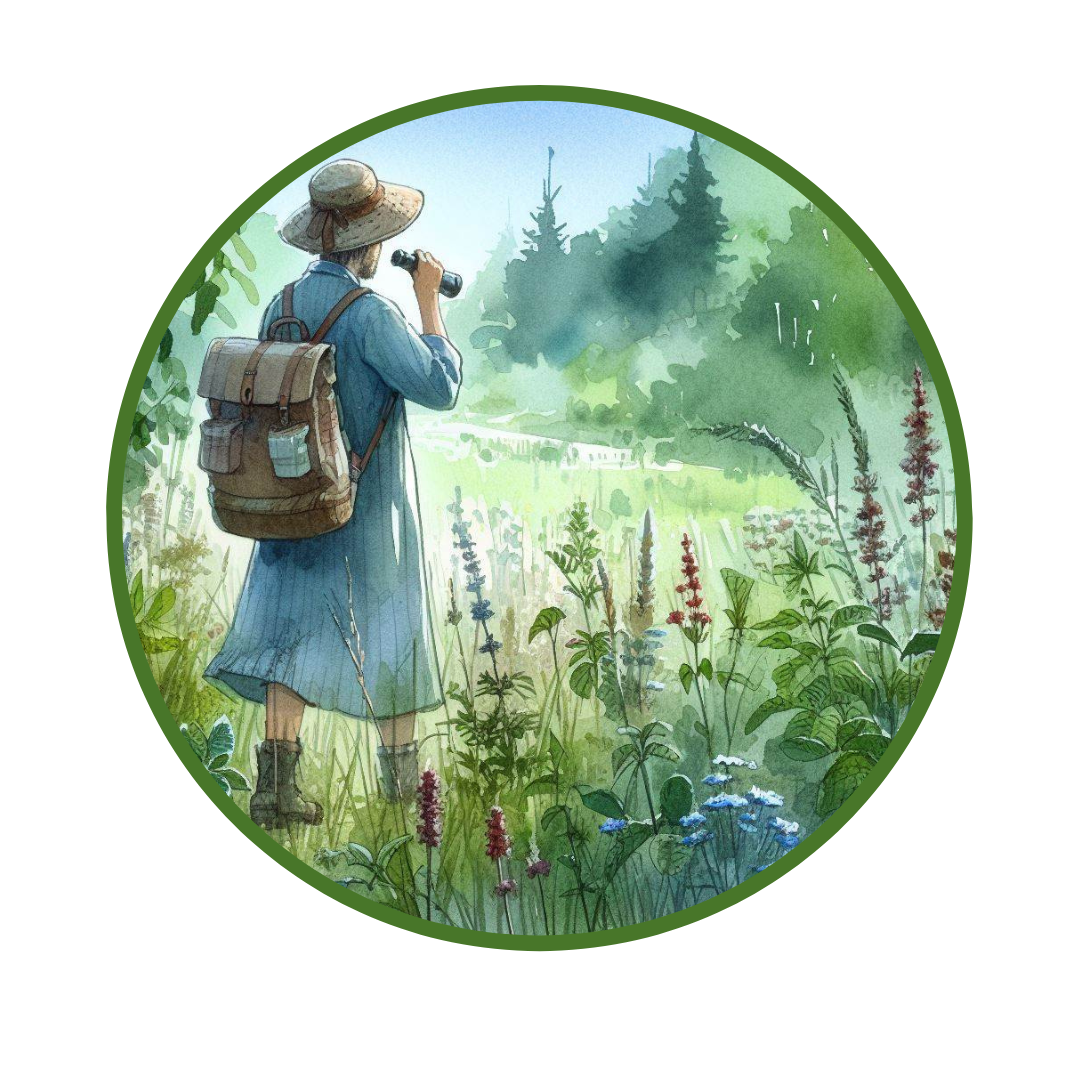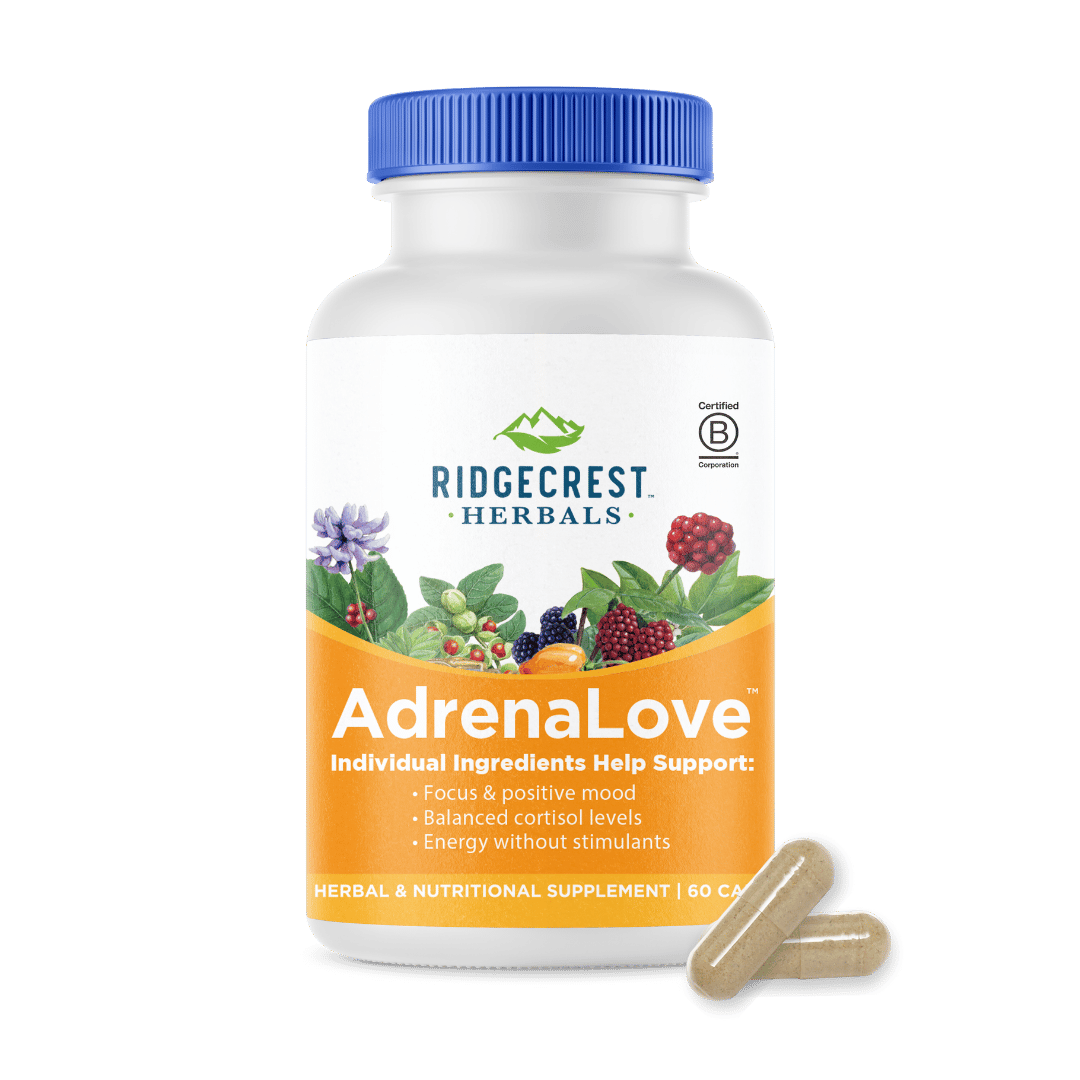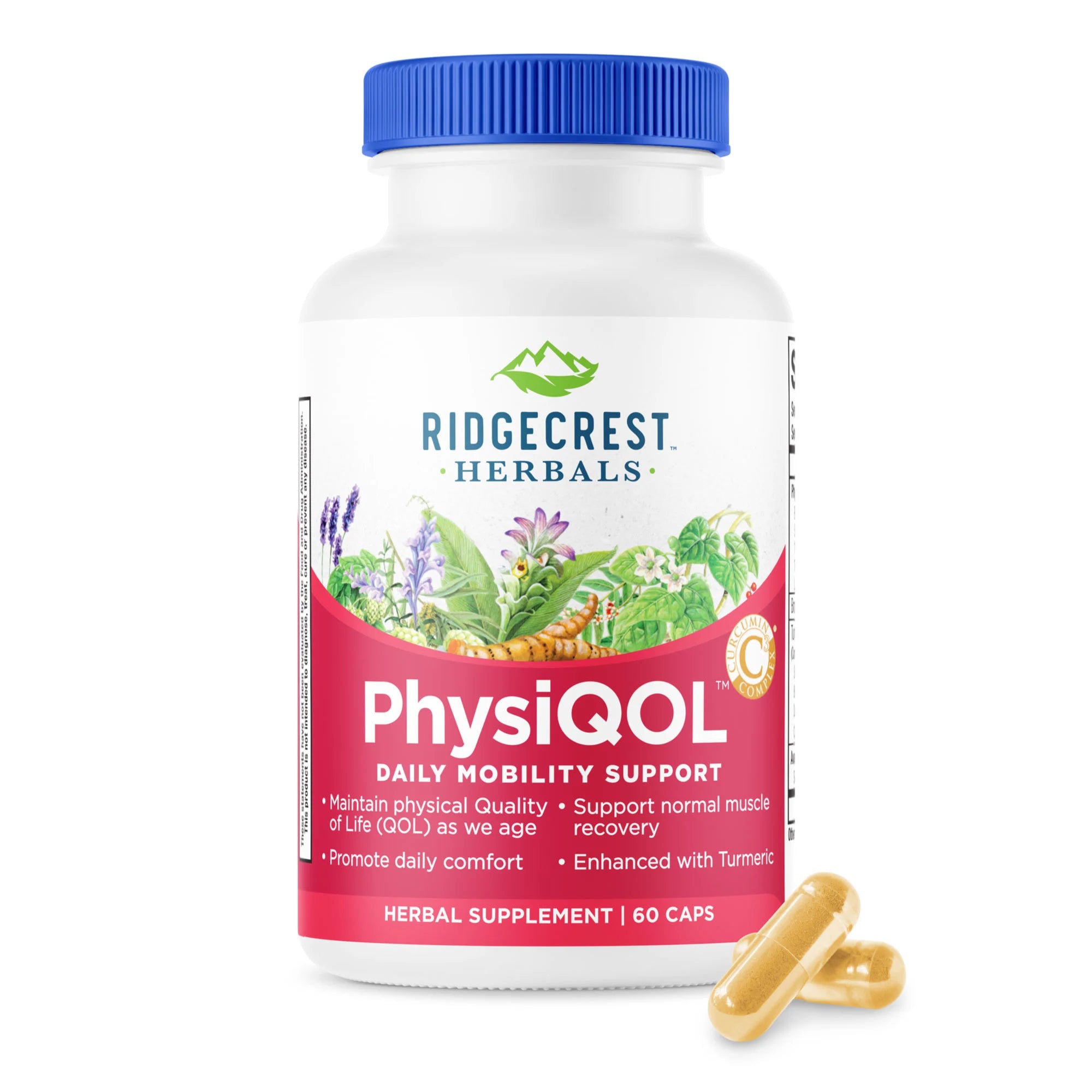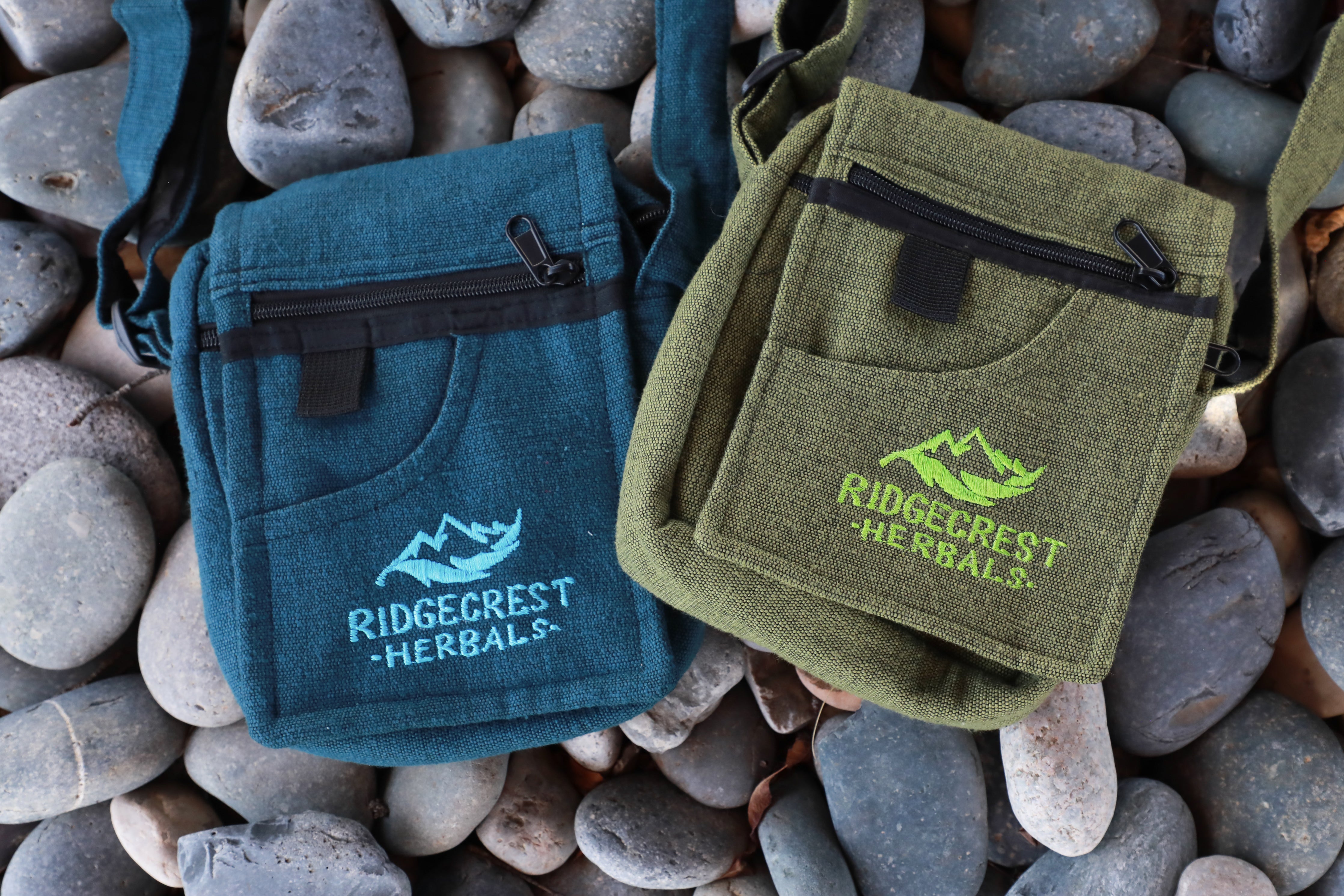Being in nature can be one of the most therapeutic and beneficial activities for you and your children. Learning to identify plants can be a lot of fun too. As an herbalist, mother of 6, and avid outdoor enthusiast, plant ID and munching on weeds are just part of most of our outdoor adventures. While I have a decent knowledge of what plants you can and can’t eat in our local area, I am still constantly learning! My kids love to try and stump me by pointing at random plants and asking, “What’s this?” to see if I know, or at least know if we can eat it! Of course, there are plenty of plants I don’t know. But not knowing allows us to research and learn about it, which is the most important part of learning plant identification! Learning about the plants in your area will take some time, but it will be a fun and rewarding experience!
Here are a few ground rules to start with:
- Don't eat anything that you aren't sure is safe to put into your body!
- Avoid eating plants in areas that might have been sprayed with harmful chemicals and pesticides.
- Invest in some good books, apps, and online resources for your state and local area, or look for a local herbalist experienced in wildcrafting to see if they would be willing to take you on an herb walk.
I have done my fair share of herb walks, but as mentioned before, there are always plants that are new to me. As an experienced herbalist, I am quite comfortable researching and experimenting with plants, but I do not recommend this for beginners. Instead, I recommend becoming familiar with at least a handful of edible plants, knowing exactly what you are looking for, and sticking to those - at least for a while. So here are some simple suggestions and beginner tips, based on what is generally safe, to send you off on your adventures into the wild and beautiful world of edible plants!
BERRIES
Not all berries are edible. As a general rule, avoid white, green, or yellow berries until you are sure they are safe. Only some red/orange berries are edible. But many blue, purple, and “aggregate” (cluster) berries are ok to eat. Avoid berries on plants with spiny leaves that smell bitter or have a milky sap. If berries taste bad, don't eat them. Poisonous berries are usually bitter, sour, or just plain yucky! Spit those out! Edible berries are generally much sweeter or more palatable. Studying and getting to know edible berries is very simple because they are one of the easiest plants to identify. Serviceberries, wild strawberries, raspberries, blackberries, cloudberries, elderberries, blueberries, cranberries, gooseberries, and huckleberries are some of the better-known wild edible berries, and they are pretty easy to identify. Note that when lost in the wilderness, eating too many berries can cause diarrhea and dehydration.
NUTS
If allergies are not an issue, tree nuts can be some of the most nutritious and sustainable options for survival in the wilderness. Depending on your U.S. location, many of the nuts you buy in stores can also be found in the wild, including walnuts (white and black), pecans, chestnuts, and hazelnuts. But there are a few that some may not know - did you know acorns are edible? You can eat them raw, but they are a bit bitter due to the high tannin levels. When boiled, the tannins are leached out into the water, and it will turn brown. The best prep for these is to change the water out and continue to boil, and repeat until the water no longer changes color. Some pine cones also contain edible pine nuts. These species include Pinon and Ponderosa pines. All of these nuts are relatively easy to identify.
FLOWERS
So many people do not realize how many flowers/petals are edible and nutritious and make beautiful, curios additions to salads and drinks! They also make great treats for plant-eating pets like guinea pigs. Roses are in the same family as apples, and the petals and rosehips can be utilized for vitamin C! Other delicious flowers include lavender, daisies, hibiscus, dandelions, calendula, honeysuckle, lilacs, pansies, peonies, violets, marigolds, and so many more! Avoid eating the store-bought versions or from yards that might be sprayed with pesticides!
HERBS/PLANTS
These will differ from state to state. But here is a good research starting point for the most common edible “weeds” throughout the U.S. They might look different from state to state, but most states have a version of dandelions, mints, clover, thistle, watercress, marshmallow, purslane, sorrel, plantain, lambs quarters, and chickweed. Most of these plants also have very distinct identification markers, making them easy to find and hard to confuse with other plants. For example, mints have square stems, including nettle, which is surprisingly edible and nutritious! And marshmallow has those cute little fruits that look like cheese wheels! Get to know a handful of these plants in your area; before you know it, you will feel like a regular field guide!
POISONOUS PLANTS
There are some plants that you can identify to avoid! These plants differ in location, but there are a few widespread ones throughout the U.S. that would be beneficial to recognize. Poisonous Hemlock is found in all but 4 U.S. states. It is toxic for consumption. Deadly Nightshade is a beautiful vine with berries and chemical components that harm humans and animals. Poison Ivy, Oak, and Sumac are in all but two states (Hawaii and Alaska). If you spend enough time outdoors, you have likely identified these itchy species, hopefully not by accident. These often grow in “leaves of three” (...leave them be!), have an oily finish, and grow near water. Interestingly, nature tends to grow other specific plants nearby to counteract the unpleasant effects of the volatile oils, such as jewelweed, plantain, or yarrow. Getting to know those plants could come in handy, too!
These days you can help your foraging and plant identification outings with the use of technology. Apps like PictureThis allow you to snap a photo and learn about the plants around you in real-time - if your phone has a signal, that is. So what sort of plants do you want to teach your kids about?







1 comment
Linda Johnson
Great news
Leave a comment
All comments are moderated before being published.
This site is protected by hCaptcha and the hCaptcha Privacy Policy and Terms of Service apply.